
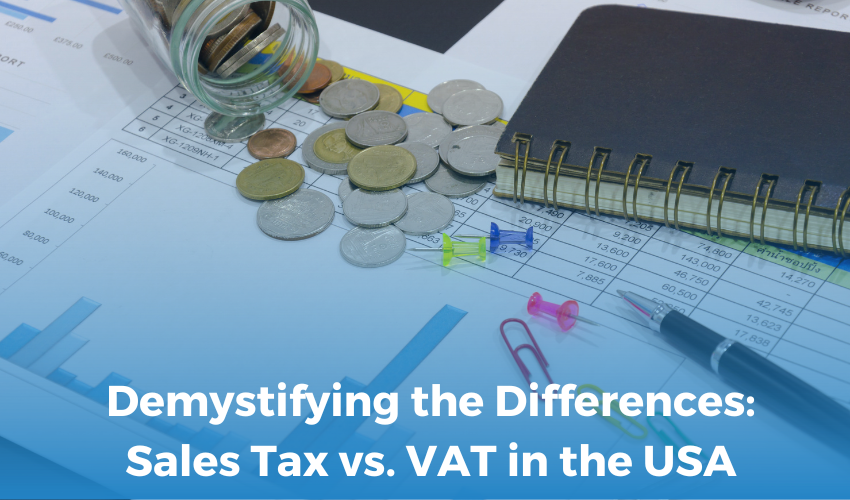
25-09-23
Sales tax and VAT (Value Added Tax) are two of the most common consumption taxes businesses encounter, but they function in fundamentally different ways. Understanding the distinctions between these taxes is essential for businesses to comply with regulations, manage financial planning, and optimize pricing strategies.
In this guide, we’ll explore the difference between tax and vat , their implications, and how businesses can navigate these taxes effectively.
Sales tax is a consumption tax levied on the sale of goods and certain services. In the United States, it is administered at the state and local levels, meaning rates and rules vary widely across jurisdictions.
Key Features of Sales Tax:
VAT, or Value Added Tax, is a multi-stage tax applied at each step of the supply chain, from production to sale. While not used at the federal level in the U.S., it is a common system internationally.
Key Features of VAT:
| Aspect | Sales Tax | VAT |
|---|---|---|
| Tax Mechanism | Applied at the point of sale. | Applied at each stage of the supply chain. |
| Tax Rate Variation | Varies by state and locality. | Typically uniform across a country. |
| Scope of Application | Focused on goods, with limited services taxed. | Covers goods and most services broadly. |
| Input Tax Credits | Not applicable. | Available to reduce tax liability. |
| International Impact | Minimal, as it is state-specific. | Significant for cross-border trade. |
Sales Tax Compliance:
VAT Compliance:
Pricing and Strategy:
Seek Professional Guidance:
Tax compliance is complex. Engaging with tax professionals ensures accurate sales tax calculation and VAT compliance, helping avoid penalties.
At 360 Accounting Pro Inc., we specialize in helping businesses navigate the complexities of both sales tax and VAT compliance.
Our Services Include:
Understanding the differences between sales tax and VAT is essential for businesses to manage compliance, optimize pricing, and plan for taxes effectively. While sales tax is prevalent in the U.S. at state and local levels, VAT dominates international markets with its multi-stage taxation system.
Partner with 360 Accounting Pro Inc. to ensure your business stays compliant and efficient, whether dealing with U.S. sales tax or international VAT. Contact us today to streamline your tax processes and secure your financial success.
Read more: Common Errors in Sales Tax Calculation and Payment: Avoiding Penalties and Interest.
Tags :


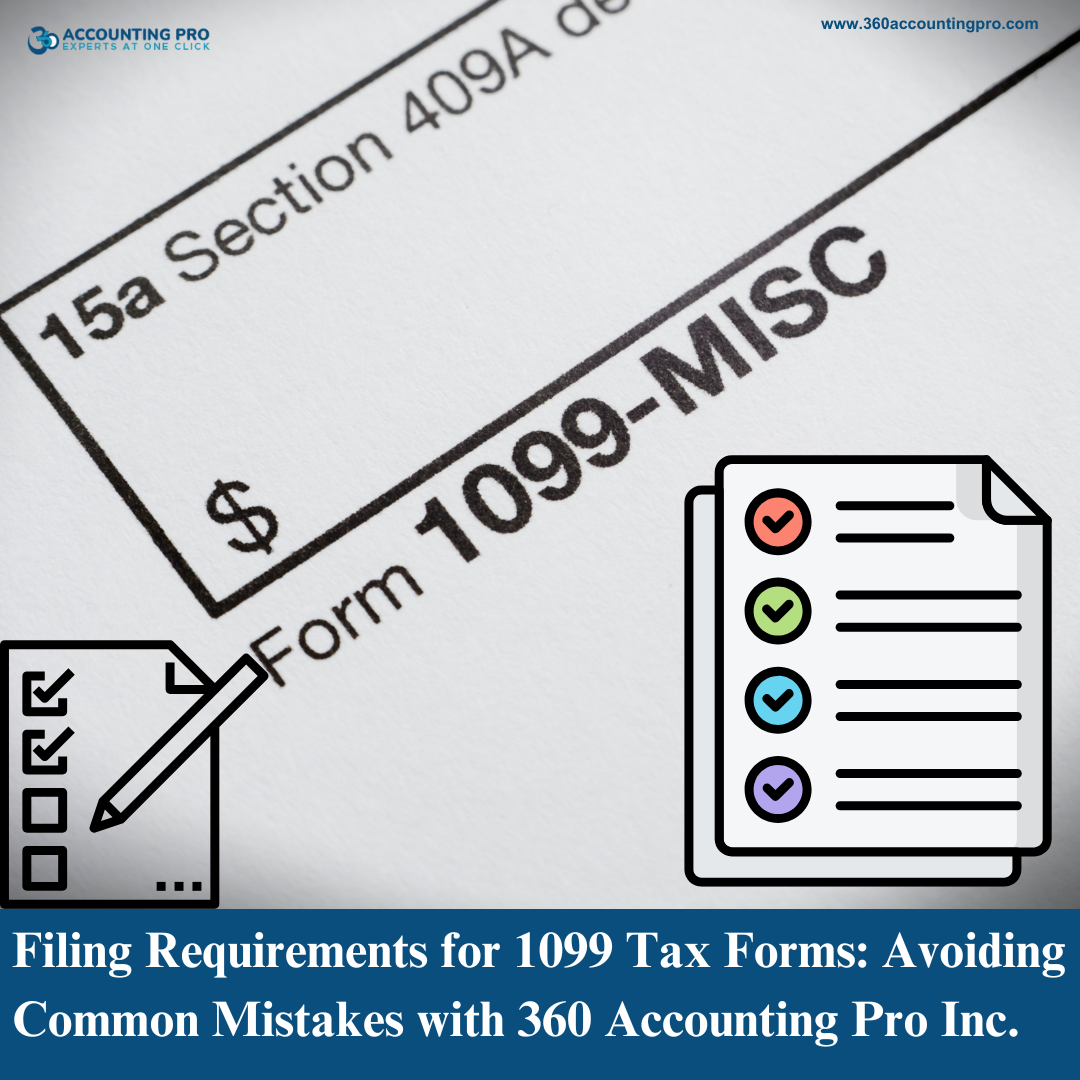





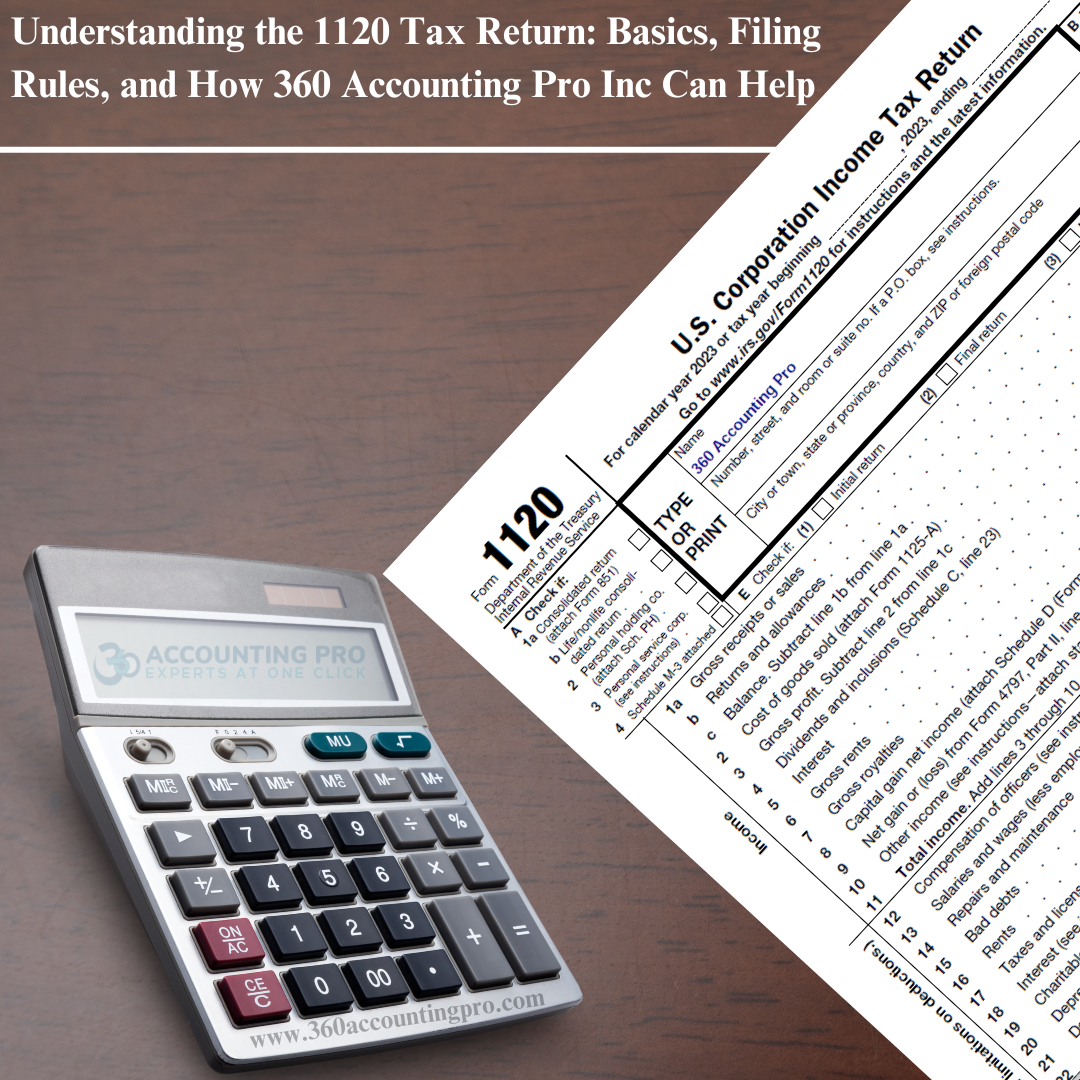
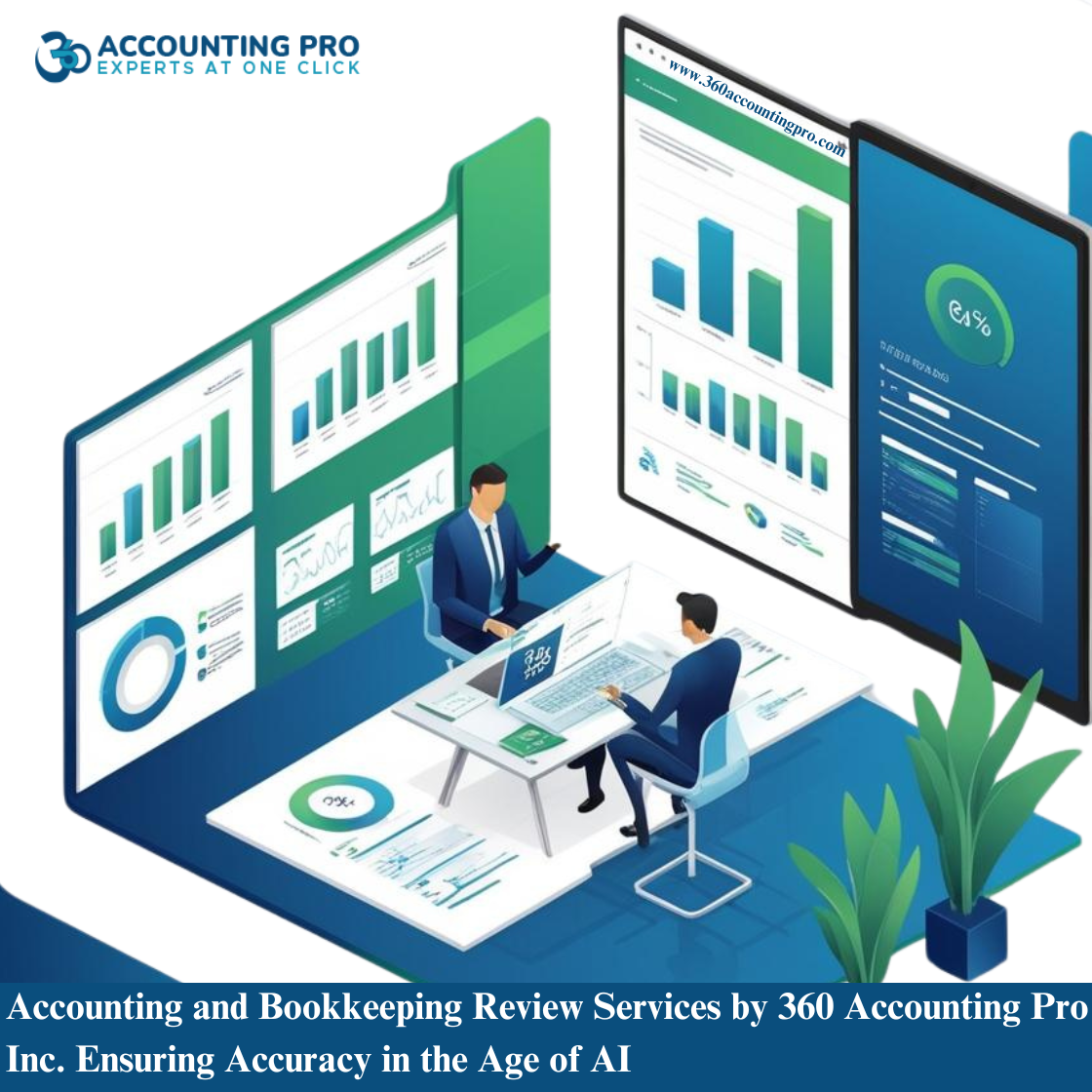





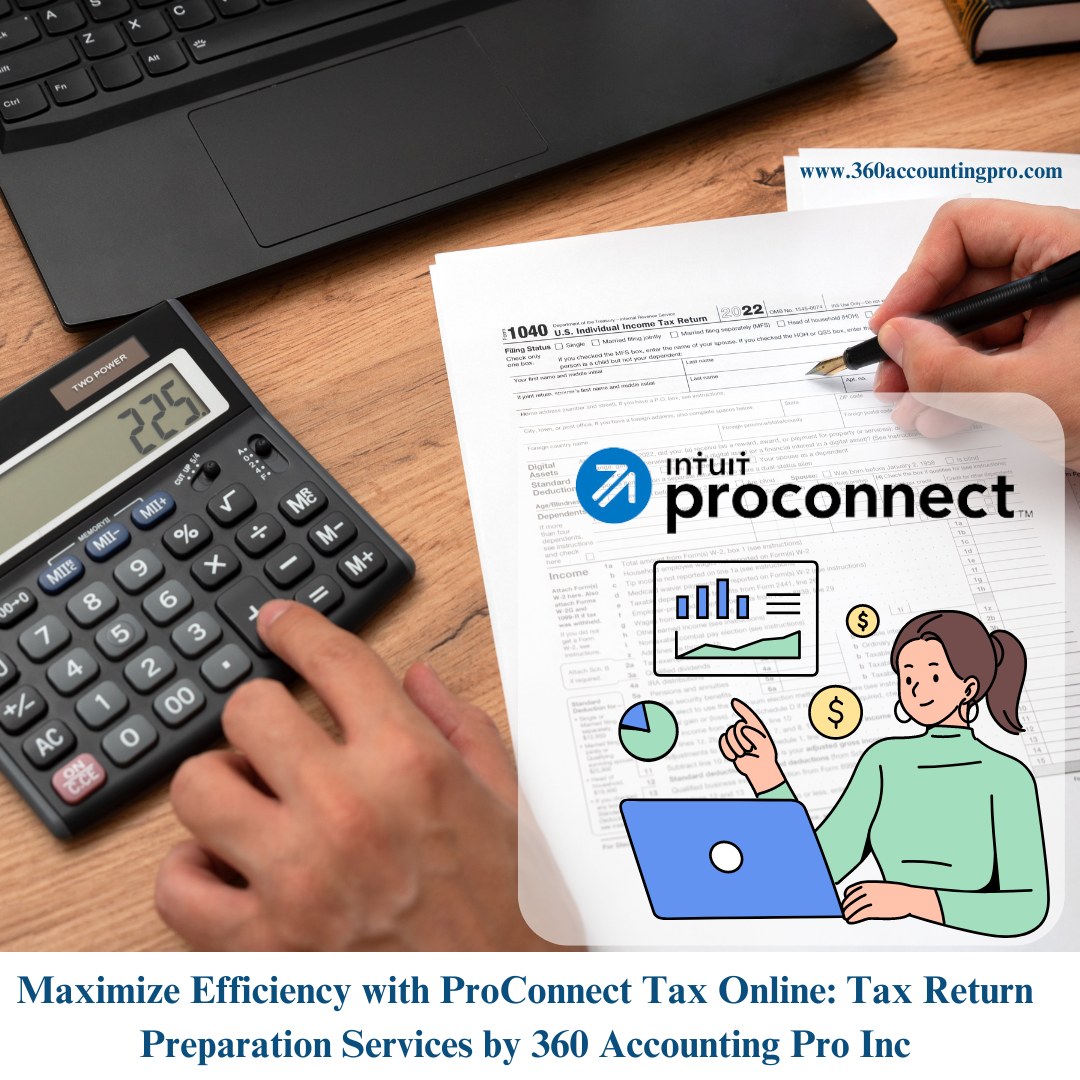




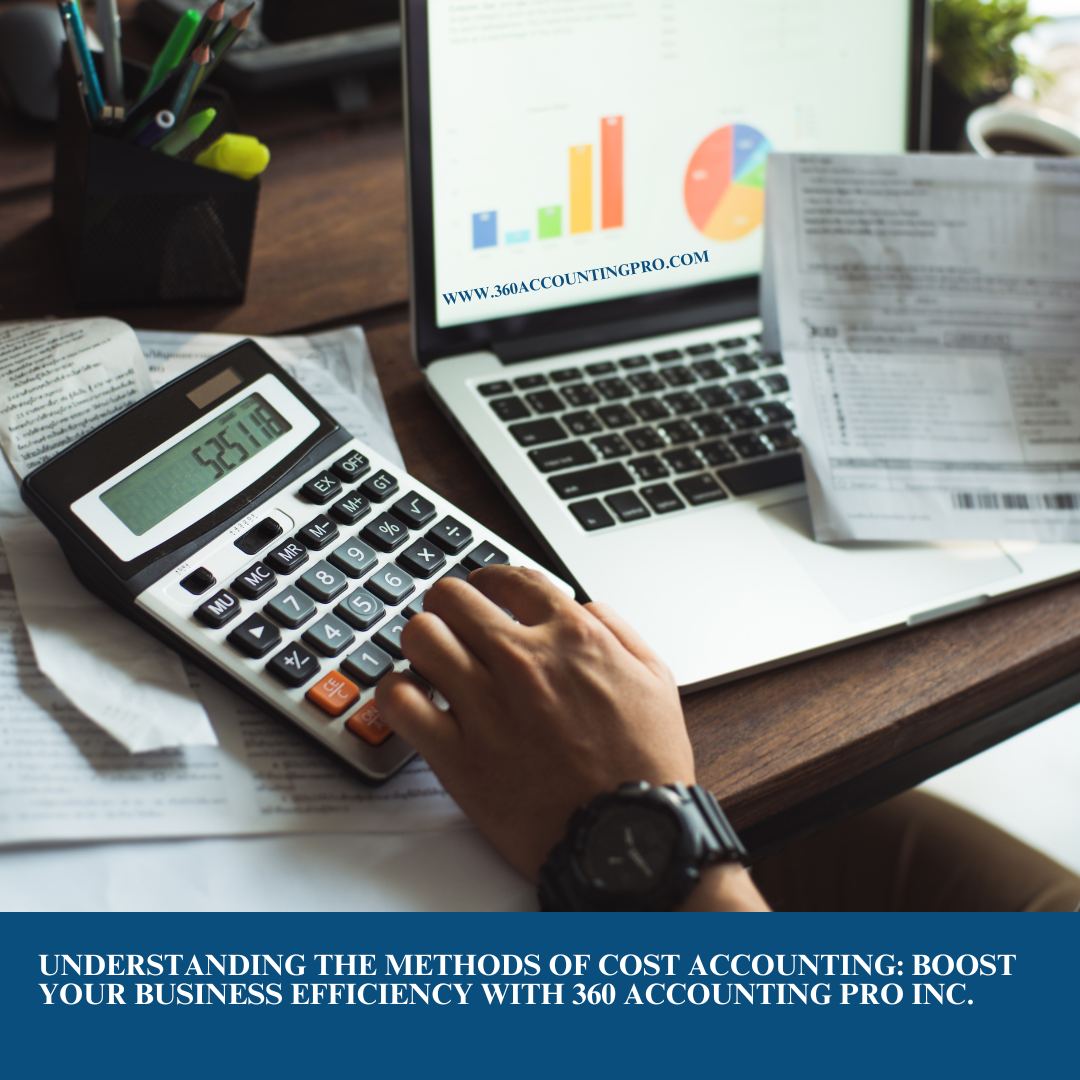
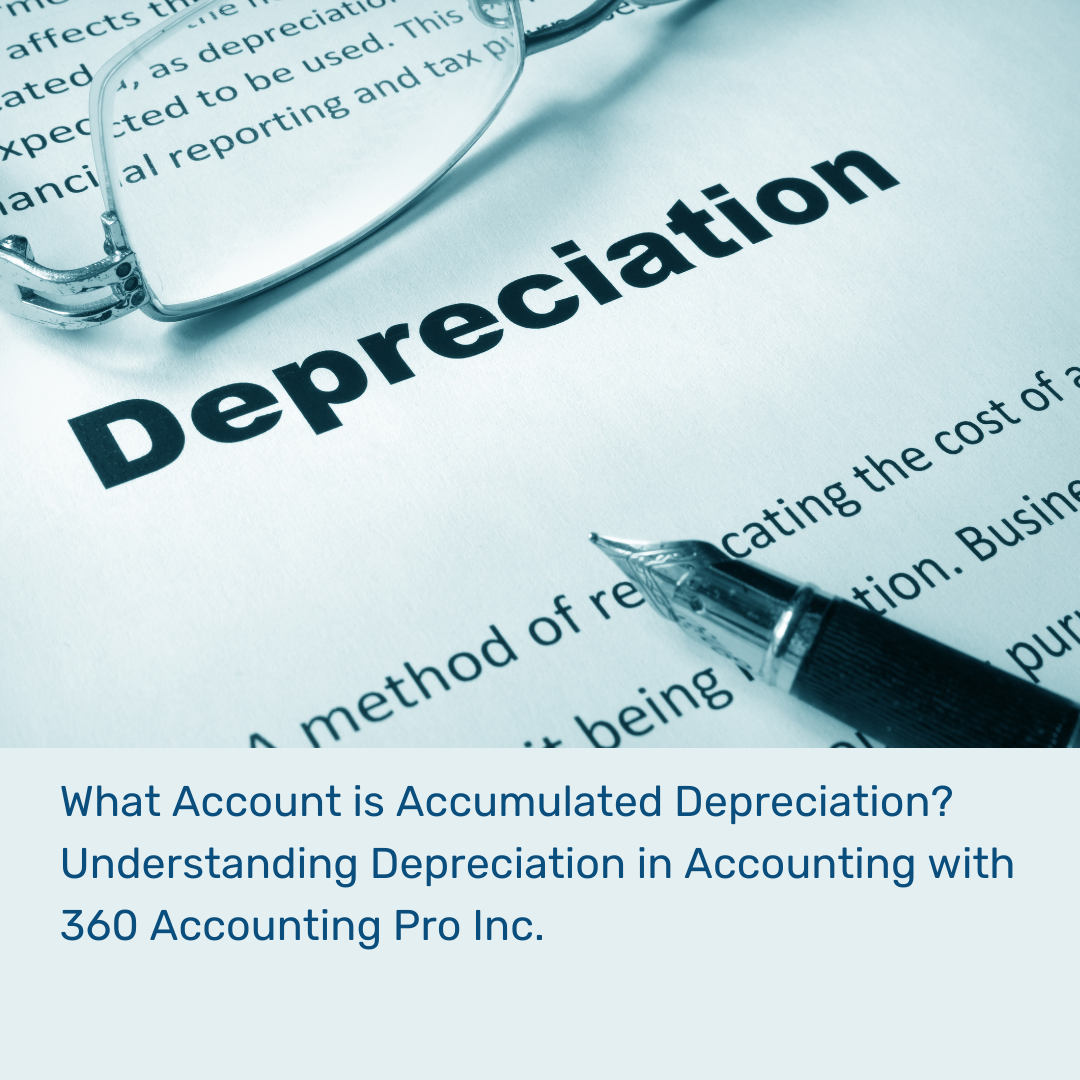




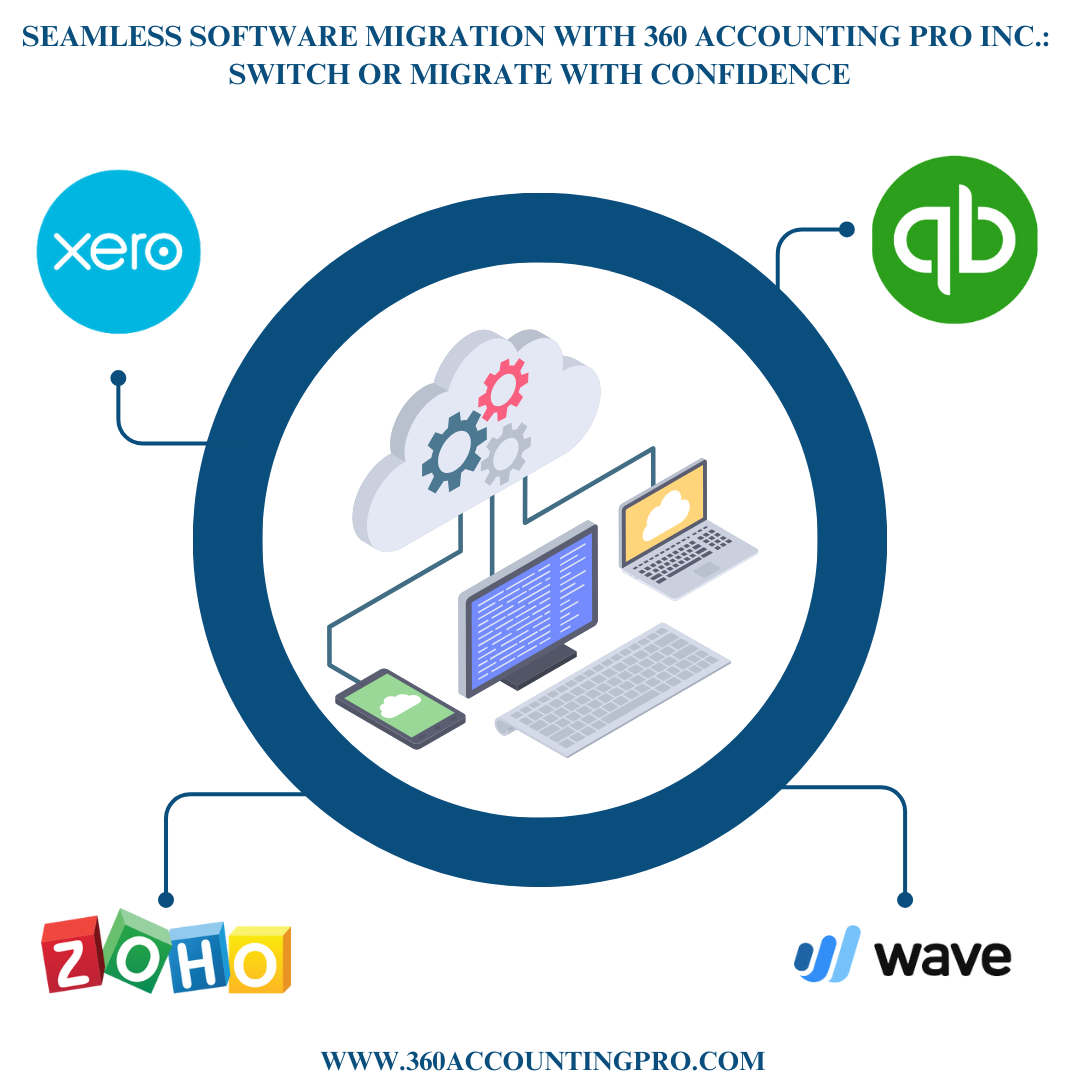







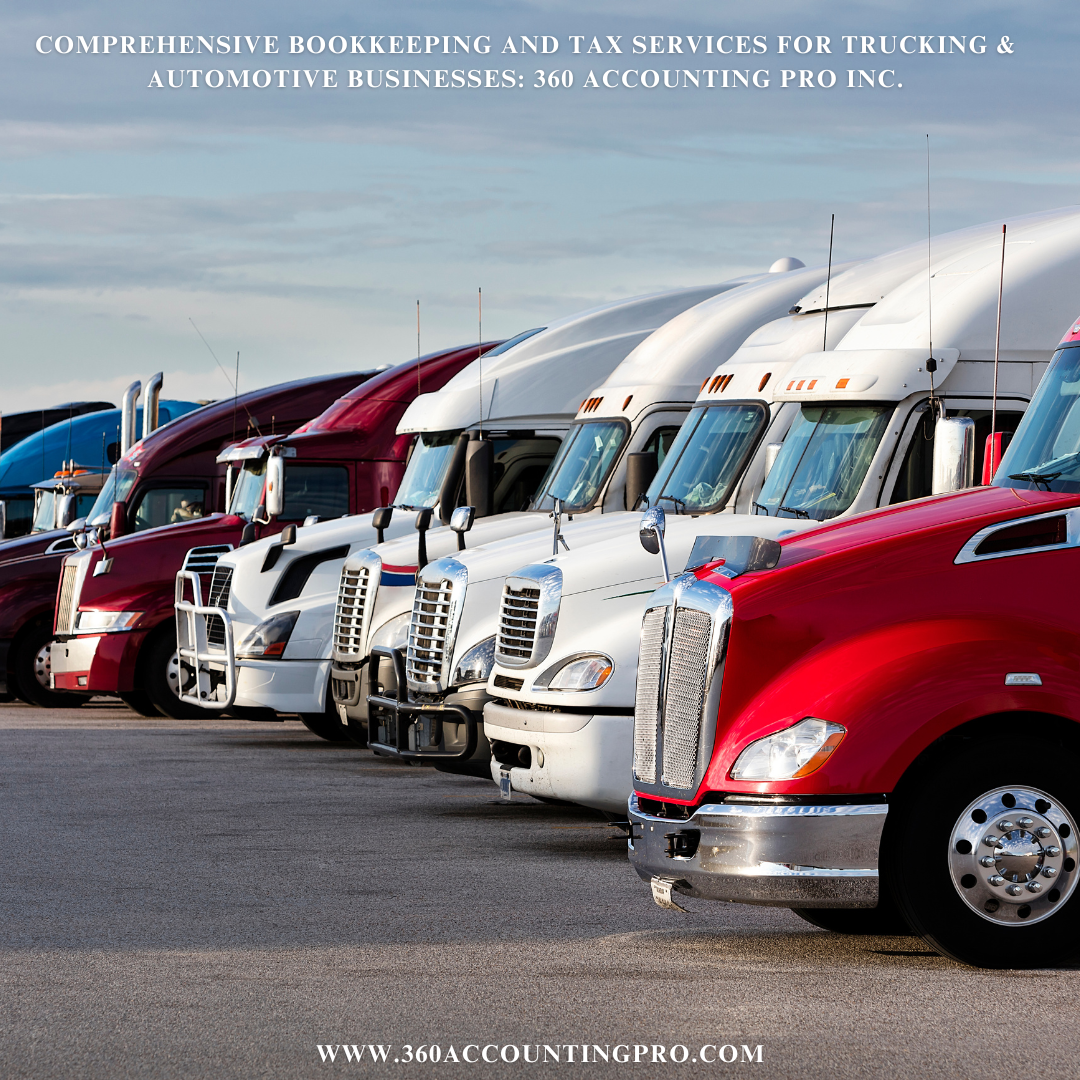




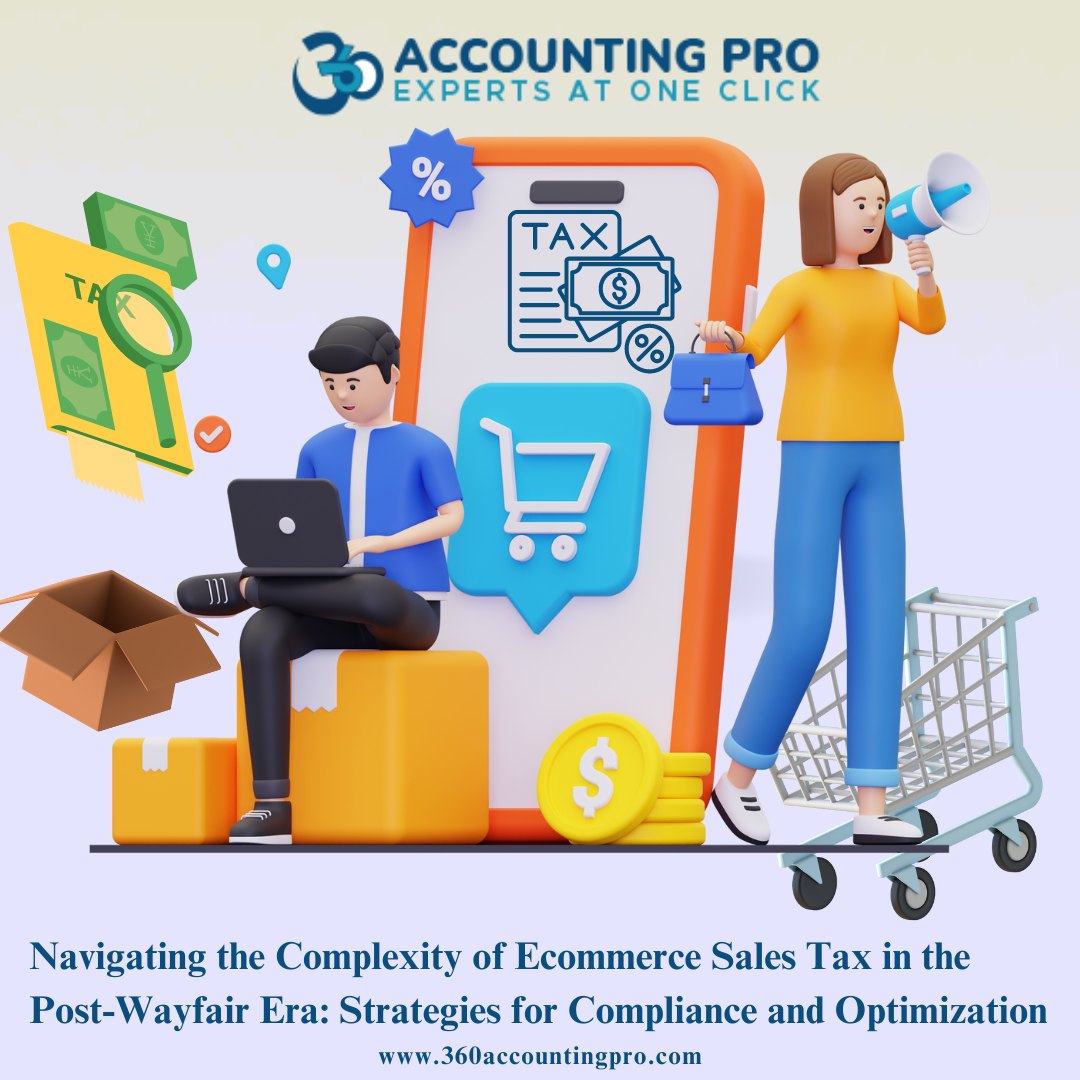





.jpg)
.jpg)
.jpg)
.jpg)


).jpg)




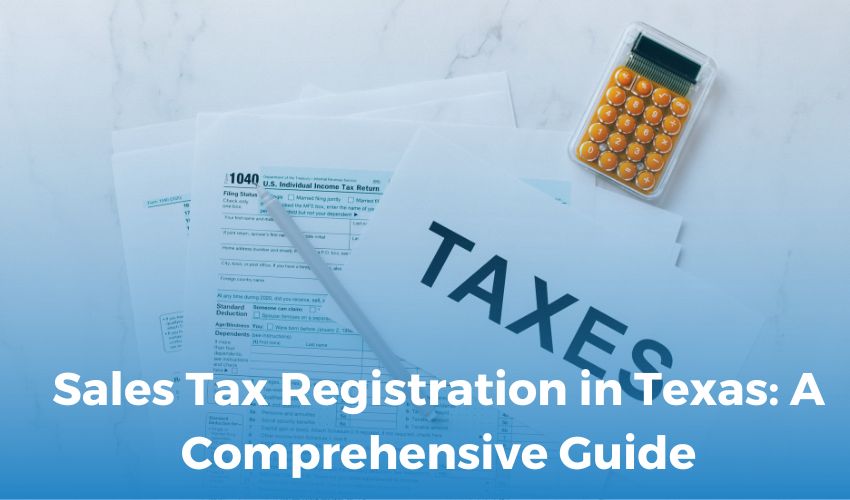
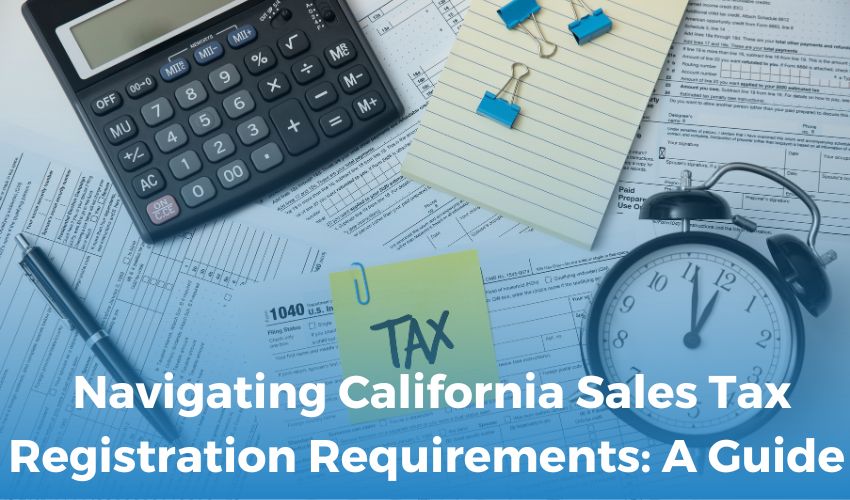


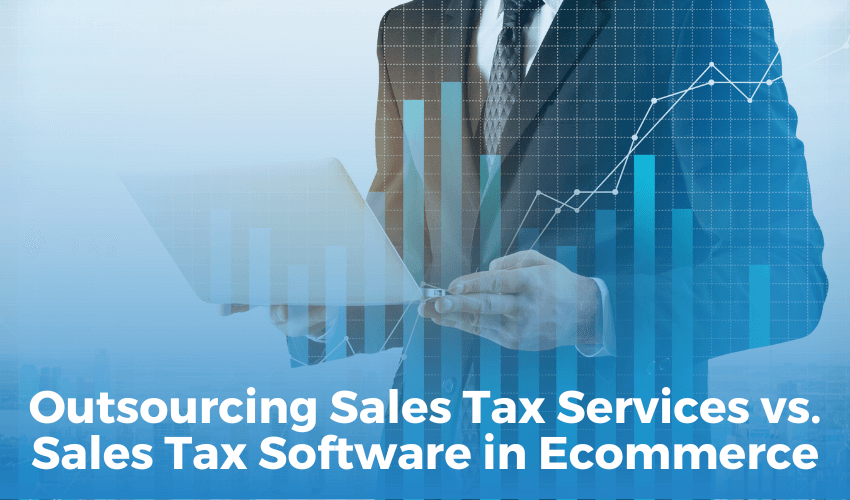



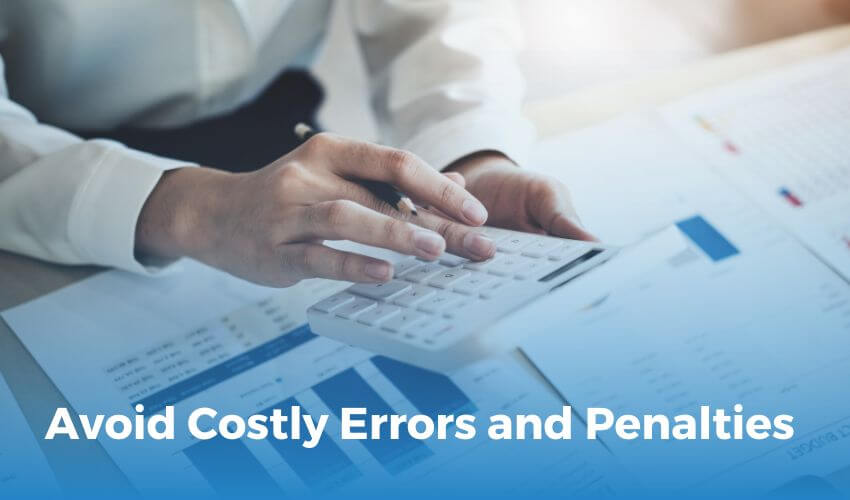

 Get A Quote
Get A Quote
Leave A Comment